How can I create a plot using information from a database table(mysql)? So for the x axis I would like to use the id column and for the y axis I would like to use items in cart(number). You can use any library as you want if it gives the result that I would like to have. Now in my plot(I attached the photo) on the x label it gives an interval of 500 (0,500,1000 etc) but I would like to have the ids(1,2,3,4,...3024) and for the y label I would like to see the items in cart. I attached the code. I will appreciate any help.
import pymysql
import matplotlib.pyplot as plt
import pandas as pd
import numpy as np
conn = pymysql.connect(host='localhost', user='root', passwd='', db='amazon_cart')
cur = conn.cursor()
x = cur.execute("SELECT `id`,`items in cart(number)`,`product title` FROM `csv_9_05`")
plt.xlabel('Product Id')
plt.ylabel('Items in cart(number)')
rows = cur.fetchall()
df = pd.DataFrame([[xy for xy in x] for x in rows])
x=df[0]
y=df[1]
plt.bar(x,y)
plt.show()
cur.close()
conn.close()SQL OF THE TABLE
DROP TABLE IF EXISTS `csv_9_05`;
CREATE TABLE IF NOT EXISTS `csv_9_05` (
`id` int(50) NOT NULL AUTO_INCREMENT,
`product title` varchar(2040) CHARACTER SET utf8mb4 COLLATE utf8mb4_unicode_ci NOT NULL,
`product price` varchar(55) NOT NULL,
`items in cart` varchar(2020) DEFAULT NULL,
`items in cart(number)` varchar(50) DEFAULT NULL,
`link` varchar(2024) NOT NULL,
PRIMARY KEY (`id`)
) ENGINE=MyISAM AUTO_INCREMENT=3025 DEFAULT CHARSET=latin1;